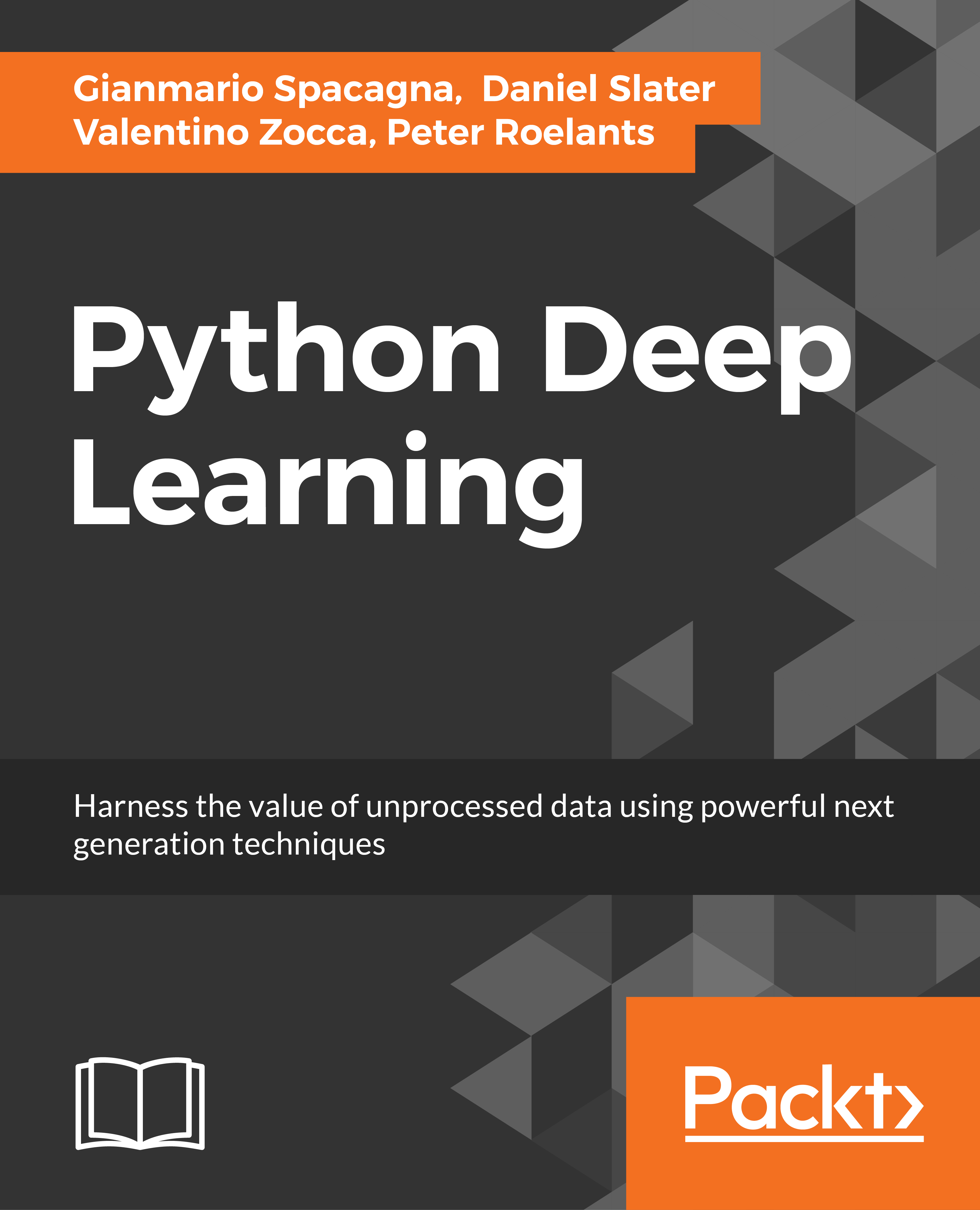-
Book Overview & Buying

-
Table Of Contents

Python Deep Learning
By :

Python Deep Learning
By:
Overview of this book
 Free Chapter
Free Chapter
 Sign In
Start Free Trial
Sign In
Start Free Trial


 Free Chapter
Free Chapter
The neural network architectures we discussed in the previous chapters take in fixed sized input and provide fixed sized output. Even the convolutional networks used in image recognition (Chapter 5, Image Recognition) are flattened into a fixed output vector. This chapter will lift us from this constraint by introducing Recurrent Neural Networks (RNNs). RNNs help us deal with sequences of variable length by defining a recurrence relation over these sequences, hence the name.
The ability to process arbitrary sequences of input makes RNNs applicable for tasks such as language modeling (see section on Language Modelling) or speech recognition (see section on Speech Recognition). In fact, in theory, RNNs can be applied to any problem since it has been proven that they are Turing-Complete [1]. This means that theoretically, they can simulate any program that a regular computer would not be able to compute. As an example of this...
